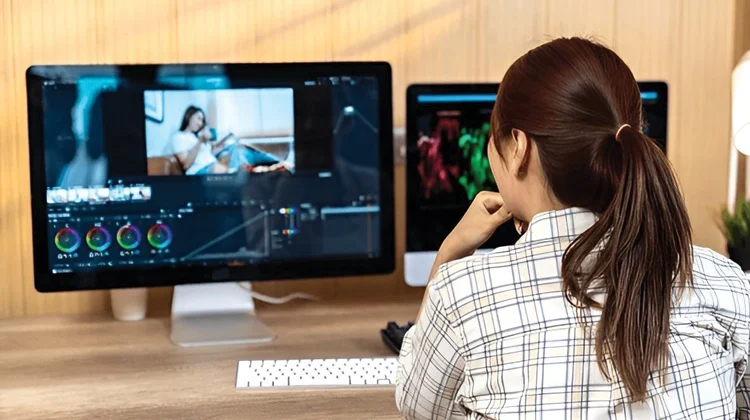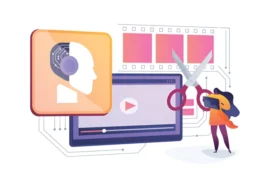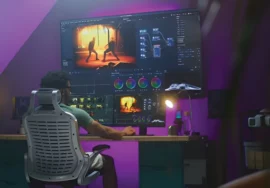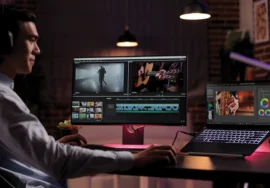
Top 10 Video Editing Mistakes (And How to Avoid Them)
Video editing can be a rewarding hobby or profession, but it’s also a skill that requires practice and patience. Even experienced editors make mistakes from time to time. To help you avoid common pitfalls and improve your editing skills, we’ve compiled a list of the top 10 video editing mistakes and how to fix them.
1. Lack of Planning
One of the most common mistakes beginners make is jumping into editing without a plan. This can lead to a disorganized and inefficient workflow. Before you edit, take the time to outline your video, including the story you want to tell, the shots you’ll need, and the overall tone and style.
- Tip: Create a storyboard or shot list to visualize your video and keep your editing on track.
2. Over Editing
It’s easy to get carried away with editing and add too many effects or transitions. Over-editing can make your video look cluttered and unprofessional. Remember, less is often more.
- Tip: Use editing and only when it adds value to your video. Stick to simple cuts and transitions.
3. Poor Audio Quality
Audio quality is just as important as video quality. If your audio is poor, it will detract from the overall viewing experience.
- Tip: Invest in a good microphone and make sure that your audio is recorded in a quiet environment. If you need to improve your audio after recording, consider using noise-reduction software.
4. Inconsistent Color Grading
Color grading can help to create a specific mood or atmosphere in your video, but inconsistent color grading can make your video look amateurish.
- Tip: Use a color grading tool or preset to make sure that your colors are consistent throughout your video.
5. Ignoring the Rule of Thirds
The rule of thirds is a basic composition guideline that can help you create more visually interesting shots. It involves dividing your frame into nine equal parts using two horizontal and two vertical lines. Place you at the intersection of these lines.
- Tip: Use the rule of thirds as a guideline, but don’t be afraid to break it if it makes sense for your shot.
6. Using Too Many Transitions
Transitions can help to connect different shots, but using too many can make your video look choppy and unprofessional. Stick to simple cuts and fades.
- Tip: Use transitions and only when they add value to your video.
7. Not Backing Up Your Files
Losing your video files can be a disaster. It’s important to back up your work to avoid data loss.
- Tip: Use a cloud storage service or external hard drive to back up your video files.
8. Ignoring White Balance
White balance refers to the color temperature of your footage. If your white balance is off, your video will look either too warm or too cool.
- Tip: Use the white balance tool in your editing software to correct any color temperature issues.
9. Not Paying Attention to Frame Rate
Frame rate refers to the number of frames per second (FPS) in your video. Most videos are shot at 24 or 30 FPS. If your frame rate is inconsistent, it can make your video look choppy.
- Tip: Ensure that your frame rate is consistent throughout your video.
10. Not Exporting in the Right Format
When you’re finished editing your video, you need to export it in a format that is suitable for your intended use. For example, if you’re uploading your video to YouTube, you should export it as an MP4 file.
- Tip: Research the best export format for your specific needs.
By avoiding these common mistakes, you can improve the quality of your video editing and create more professional-looking videos. With practice and patience, you can become a skilled video editor.
Additional Tips for Video Editing Beginners
In addition to avoiding the common mistakes listed above, here are some additional tips to help you improve your video editing skills:
1. Learn the Basics of Your Editing Software
There are many different video editing software programs available, each with its own unique features and interface. It’s important to take the time to learn the basics of your chosen software. This will help you work more efficiently and effectively.
2. Practice Regularly
The best way to improve your video editing skills is to practice regularly. Experiment with different techniques and try to challenge yourself.
3. Watch Other Videos
Pay attention to how other editors use different techniques and effects. This can help you learn new tricks and improve your editing style.
4. Get Feedback
Ask friends and family for their honest feedback on your videos. This can help you identify areas where you can improve.
5. Join an Online Community
There are many online communities dedicated to video editing. These communities can be a great resource for learning new techniques, getting feedback, and connecting with other editors.
6. Don’t Be Afraid to Experiment
Video editing is a creative process. Don’t be afraid to experiment with different techniques and effects. You may be surprised at what you can achieve.
7. Have Fun!
Video editing should be a fun experience. Don’t get too stressed out if things don’t go according to plan. Just relax and have fun with it.
By following these tips, you can improve your video editing skills and create more professional-looking videos. Remember, practice makes perfect.





